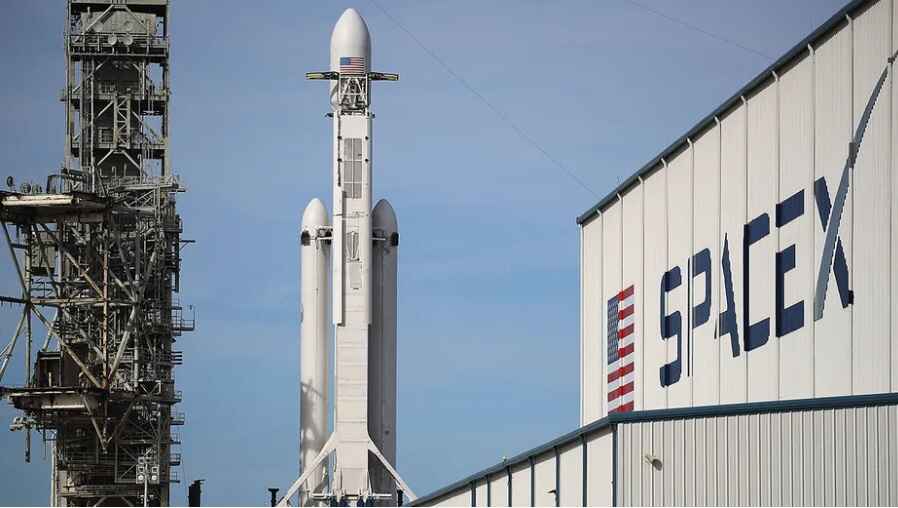The acting head of the Federal Aviation Administration said on Wednesday the US could advance a license as soon as October for SpaceX to begin testing its Starship rocket. The rocket, eventually transporting astronauts to Mars, exploded following a test launch in April. Still, Elon Musk’s company says it learned valuable information from the mishap that will help it improve the vehicle for future missions.
The roar of 33 methane-fueled engines ignited at 9:30 a.m. EDT, two minutes later than planned, because of a minor technical snag. The gargantuan Starship Super Heavy lifted off from the site that SpaceX calls its “Starbase” in Cameron County, Texas, near where the border cities of Brownsville and Boca Chica meet the Gulf of Mexico. The rocket climbed for several minutes and cleared the SpaceX launchpad by about 30 miles before it self-destructed over the Gulf of Mexico, sending debris and a plume of pulverized concrete into sensitive habitats near Port Isabel, a town about six miles from the site and South Padre Island, a coastal village a few miles up the beach.
Despite the explosion, many residents took the outcome in stride. “It was not a nominal mission, but I think there’s a lot that we learned from the flight that we will apply,” SpaceX engineer John Insprucker said during a livestream of the flight. But even Insprucker and other industry observers were not surprised by the rocket’s demise, given that a vehicle with as many as 33 engines has an inherently higher chance of failure than a conventional rocket.
A few months before the explosion, the US Fish and Wildlife Service warned the public that the Starship’s first test flight would likely cause “widespread destruction” of its shattered launchpad and leave a wide swath of toxic waste. The agency also cited concerns that sand- and ash-like debris and chunks of concrete could be raining down on communities and sensitive habitats, including endangered species.
While a new Starship rocket could be ready to fly within months, SpaceX’s mission to take humans to Mars will probably not begin until 2025. For that, the company needs a modified version of its vast rocket. NASA has selected the company to ferry astronauts on a mission called Artemis III, and a modified Starship will make the trip in a spacecraft built on top of its Super Heavy rocket.
SpaceX is already working on the modifications. But it will have to convince the FAA that the changes are safe. It’s a risk that could delay the launch of the first humans to visit the red planet for a decade or more. The FAA will publish a written re-evaluation of the program in the coming weeks. That evaluation will determine whether it can resume launching at its existing Starship/Super Heavy site in Boca Chica. The written re-evaluation will include the company’s response to the mishap investigation.



